-
 Bitcoin
Bitcoin $117500
2.15% -
 Ethereum
Ethereum $3911
6.19% -
 XRP
XRP $3.316
10.79% -
 Tether USDt
Tether USDt $1.000
0.01% -
 BNB
BNB $787.2
2.24% -
 Solana
Solana $175.2
4.15% -
 USDC
USDC $0.9999
0.00% -
 Dogecoin
Dogecoin $0.2225
8.40% -
 TRON
TRON $0.3383
0.28% -
 Cardano
Cardano $0.7868
6.02% -
 Stellar
Stellar $0.4382
9.34% -
 Hyperliquid
Hyperliquid $40.92
7.56% -
 Sui
Sui $3.764
7.63% -
 Chainlink
Chainlink $18.48
10.66% -
 Bitcoin Cash
Bitcoin Cash $582.1
1.88% -
 Hedera
Hedera $0.2601
6.30% -
 Avalanche
Avalanche $23.33
4.94% -
 Ethena USDe
Ethena USDe $1.001
0.02% -
 Litecoin
Litecoin $122.3
2.04% -
 UNUS SED LEO
UNUS SED LEO $8.969
-0.27% -
 Toncoin
Toncoin $3.339
0.86% -
 Shiba Inu
Shiba Inu $0.00001287
4.30% -
 Uniswap
Uniswap $10.43
7.38% -
 Polkadot
Polkadot $3.861
5.08% -
 Dai
Dai $1.000
0.02% -
 Bitget Token
Bitget Token $4.513
3.41% -
 Monero
Monero $267.7
-6.18% -
 Cronos
Cronos $0.1499
4.14% -
 Pepe
Pepe $0.00001110
5.15% -
 Aave
Aave $284.9
8.28%
How to follow orders in HTX contracts? What strategies are available?
HTX, formerly Huobi, offers futures and perpetual contracts; understanding order placement and management is key for effective trading.
May 02, 2025 at 03:14 pm
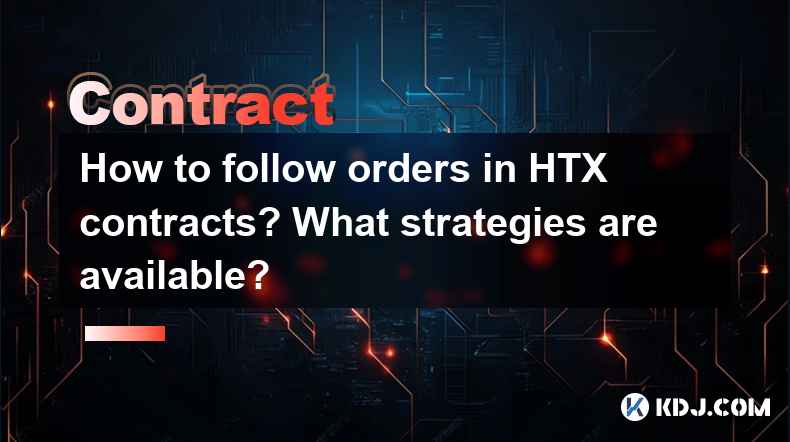
Introduction to HTX Contracts
HTX, formerly known as Huobi, is a leading cryptocurrency exchange that offers a variety of trading products, including futures and perpetual contracts. Understanding how to follow orders in HTX contracts is essential for traders looking to engage in these markets effectively. This article will guide you through the process of placing and managing orders, as well as exploring the various strategies available to maximize your trading potential.
Placing Orders in HTX Contracts
To begin trading HTX contracts, you first need to access the trading platform. Here is a detailed step-by-step guide on how to place orders:
- Log into your HTX account: Ensure you have completed the necessary KYC (Know Your Customer) verification to access the futures trading section.
- Navigate to the Futures Trading section: Click on the 'Futures' tab on the top menu, then select 'USDT-Margined Futures' or 'Coin-Margined Futures' based on your preference.
- Select a trading pair: Choose the cryptocurrency pair you wish to trade, such as BTC/USDT or ETH/USDT.
- Choose the contract type: Decide between perpetual contracts or delivery contracts. Perpetual contracts are more common due to their flexibility.
- Open the order interface: Click on the 'Trade' button to open the order placement window.
- Select the order type: HTX offers several order types, including Market Order, Limit Order, Stop-Limit Order, and Trigger Order. Choose the one that suits your trading strategy.
- Enter order details: Specify the amount you want to trade and the price (if applicable). For example, if you're placing a limit order, you'll need to set the price at which you want the order to execute.
- Review and submit the order: Double-check all the details, then click 'Buy' or 'Sell' to submit your order.
Managing Orders in HTX Contracts
Once your order is placed, it's crucial to manage it effectively to ensure you achieve your trading goals. Here are some key steps to manage your orders:
- Monitor your open orders: Navigate to the 'Open Orders' tab to view all your active orders. You can see the status, price, and quantity of each order.
- Modify or cancel orders: If market conditions change, you may need to adjust your orders. Click on the order you wish to modify or cancel, then select 'Modify' or 'Cancel' as needed.
- Set take-profit and stop-loss orders: To manage risk, you can set take-profit and stop-loss orders. These will automatically close your position when the market reaches a specified price level.
- Check your position: Go to the 'Positions' tab to review your current positions, including unrealized profit/loss and margin requirements.
Strategies for Trading HTX Contracts
Effective trading strategies are essential for success in HTX contracts. Here are some popular strategies that traders employ:
Trend Following Strategy: This strategy involves identifying and following the prevailing market trend. Use technical indicators like moving averages or the Relative Strength Index (RSI) to determine the trend direction. Buy when the market is in an uptrend and sell when it's in a downtrend.
Scalping Strategy: Scalping is a short-term trading strategy that aims to profit from small price movements. Traders using this strategy typically place multiple trades throughout the day, often holding positions for just a few minutes. Focus on high liquidity pairs and use tight stop-loss orders to minimize risk.
Breakout Strategy: This strategy involves entering a trade when the price breaks out of a defined range or pattern. Traders can use chart patterns like triangles or rectangles to identify potential breakouts. Set entry orders just above or below the breakout level and use stop-loss orders to protect against false breakouts.
Mean Reversion Strategy: This strategy assumes that prices will eventually return to their average levels after deviating significantly. Traders look for overbought or oversold conditions using indicators like the RSI or Bollinger Bands. Buy when the market is oversold and sell when it's overbought.
Risk Management in HTX Contracts
Risk management is a critical component of trading HTX contracts. Here are some key practices to help you manage risk effectively:
- Set appropriate leverage: HTX offers high leverage, but using too much can amplify losses. Choose a leverage level that aligns with your risk tolerance and trading strategy.
- Use stop-loss orders: Always set stop-loss orders to limit potential losses. Determine your stop-loss level based on technical analysis and your risk-reward ratio.
- Diversify your portfolio: Don't put all your funds into a single trade or asset. Spread your investments across different cryptocurrencies and trading pairs to reduce risk.
- Monitor market conditions: Stay informed about market news and events that could impact your trades. Use tools like economic calendars and news feeds to stay updated.
Advanced Features in HTX Contracts
HTX offers several advanced features that can enhance your trading experience. Here are some of the most useful ones:
- One-Click Trading: This feature allows you to quickly enter or exit positions with a single click. It's particularly useful for scalpers and day traders who need to act fast.
- Conditional Orders: These are orders that are triggered when certain conditions are met. For example, you can set a conditional order to buy if the price drops to a specific level.
- Trailing Stop Orders: These orders automatically adjust the stop-loss level as the market moves in your favor. They help lock in profits while allowing the trade to continue running.
- API Trading: HTX provides an API for advanced traders who want to automate their trading strategies. You can connect to the API to execute trades programmatically.
Frequently Asked Questions
Q1: Can I trade HTX contracts on mobile devices?
Yes, HTX offers a mobile app that allows you to trade futures and perpetual contracts on the go. The app provides access to all the features available on the desktop platform, including order placement and management.
Q2: What is the difference between USDT-Margined and Coin-Margined futures on HTX?
USDT-Margined futures are settled in USDT, which is a stablecoin pegged to the US dollar. This makes them suitable for traders who prefer to trade in a stable currency. Coin-Margined futures, on the other hand, are settled in the underlying cryptocurrency, such as BTC or ETH. They are more suitable for traders who want to hold the actual cryptocurrency.
Q3: How does HTX handle funding rates for perpetual contracts?
HTX uses a funding rate mechanism to ensure that the price of perpetual contracts remains closely aligned with the spot market price. The funding rate is calculated every eight hours and is paid by one side of the trade to the other. If the funding rate is positive, long positions pay short positions, and if it's negative, short positions pay long positions.
Q4: Are there any fees associated with trading HTX contracts?
Yes, HTX charges various fees for trading contracts, including trading fees, funding fees, and withdrawal fees. The trading fees are typically a percentage of the trade value and can vary based on your trading volume and account type. It's important to review the fee schedule on the HTX website to understand all applicable charges.
Disclaimer:info@kdj.com
The information provided is not trading advice. kdj.com does not assume any responsibility for any investments made based on the information provided in this article. Cryptocurrencies are highly volatile and it is highly recommended that you invest with caution after thorough research!
If you believe that the content used on this website infringes your copyright, please contact us immediately (info@kdj.com) and we will delete it promptly.
- Ethereum, Staking Yields, and DeFi Exposure: A New Era for Investors?
- 2025-08-08 15:10:12
- Unilabs Pumps MIA, Binance Coin Bouncing Back, and Ethereum's Bearish Blues
- 2025-08-08 15:10:12
- Ethereum's Wyckoff Markup and Market Rotation: A New Era?
- 2025-08-08 15:30:12
- Ethereum, Vitalik Buterin, and the Overleveraged Game: A Balancing Act
- 2025-08-08 15:30:12
- Ethereum, Corporate Treasuries, and Vitalik Buterin: A New Era for ETH?
- 2025-08-08 15:36:08
- BNB Price, Binance Staking, and SEC Concerns: What's the Deal?
- 2025-08-08 15:36:08
Related knowledge

What is the distinction between mark price and last price on KuCoin?
Aug 08,2025 at 01:58pm
Understanding the Basics of Price in Cryptocurrency TradingIn cryptocurrency exchanges like KuCoin, two key price indicators frequently appear on trad...

What are the specific maker and taker fees on KuCoin Futures?
Aug 08,2025 at 08:28am
Understanding Maker and Taker Fees on KuCoin FuturesWhen trading on KuCoin Futures, users encounter two primary types of fees: maker fees and taker fe...
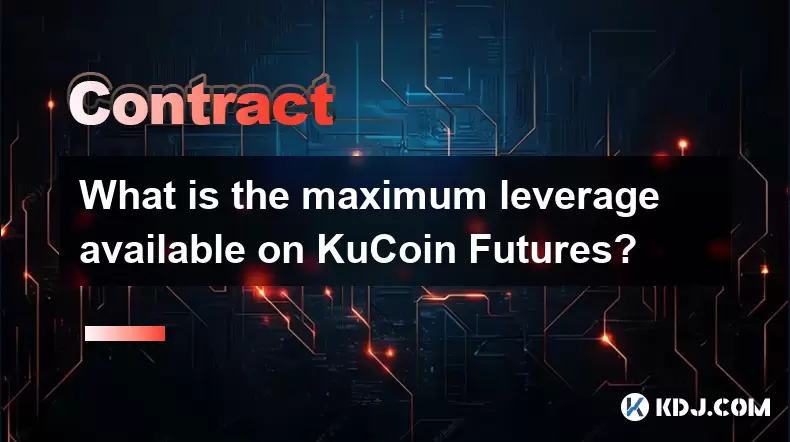
What is the maximum leverage available on KuCoin Futures?
Aug 08,2025 at 10:21am
Understanding Leverage in KuCoin Futures TradingLeverage in KuCoin Futures allows traders to control a larger position size using a smaller amount of ...
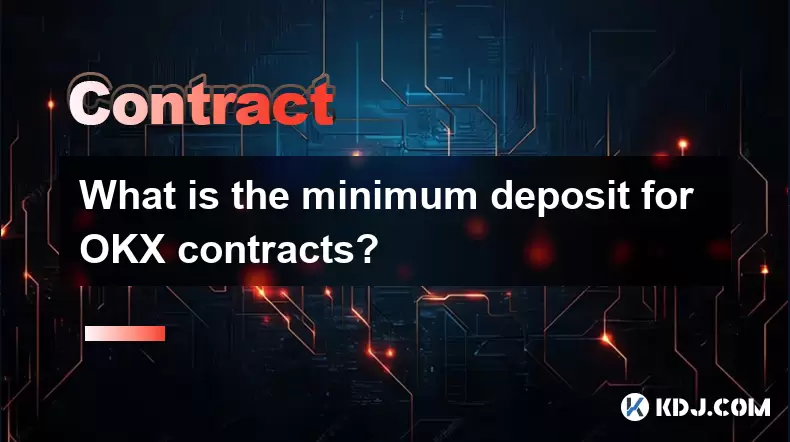
What is the minimum deposit for OKX contracts?
Aug 08,2025 at 07:00am
Understanding OKX Contract Trading BasicsOKX is one of the leading cryptocurrency derivatives exchanges, offering a wide range of perpetual and future...
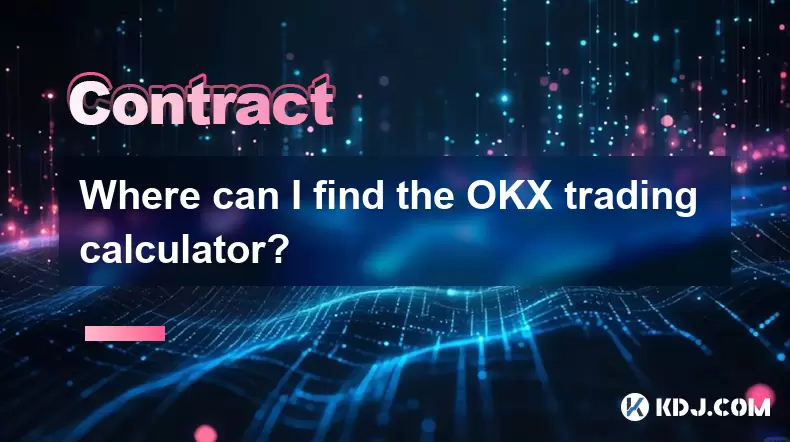
Where can I find the OKX trading calculator?
Aug 08,2025 at 07:49am
Understanding the OKX Trading Calculator FunctionalityThe OKX trading calculator is a powerful analytical tool designed to assist traders in estimatin...
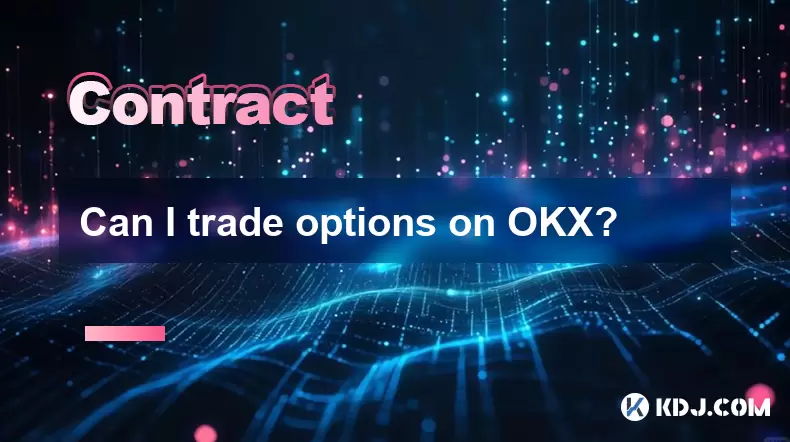
Can I trade options on OKX?
Aug 08,2025 at 11:01am
Understanding Options Trading on OKXYes, you can trade options on OKX. OKX is one of the leading cryptocurrency derivatives exchanges that offers a de...

What is the distinction between mark price and last price on KuCoin?
Aug 08,2025 at 01:58pm
Understanding the Basics of Price in Cryptocurrency TradingIn cryptocurrency exchanges like KuCoin, two key price indicators frequently appear on trad...

What are the specific maker and taker fees on KuCoin Futures?
Aug 08,2025 at 08:28am
Understanding Maker and Taker Fees on KuCoin FuturesWhen trading on KuCoin Futures, users encounter two primary types of fees: maker fees and taker fe...

What is the maximum leverage available on KuCoin Futures?
Aug 08,2025 at 10:21am
Understanding Leverage in KuCoin Futures TradingLeverage in KuCoin Futures allows traders to control a larger position size using a smaller amount of ...

What is the minimum deposit for OKX contracts?
Aug 08,2025 at 07:00am
Understanding OKX Contract Trading BasicsOKX is one of the leading cryptocurrency derivatives exchanges, offering a wide range of perpetual and future...

Where can I find the OKX trading calculator?
Aug 08,2025 at 07:49am
Understanding the OKX Trading Calculator FunctionalityThe OKX trading calculator is a powerful analytical tool designed to assist traders in estimatin...

Can I trade options on OKX?
Aug 08,2025 at 11:01am
Understanding Options Trading on OKXYes, you can trade options on OKX. OKX is one of the leading cryptocurrency derivatives exchanges that offers a de...
See all articles

























































































